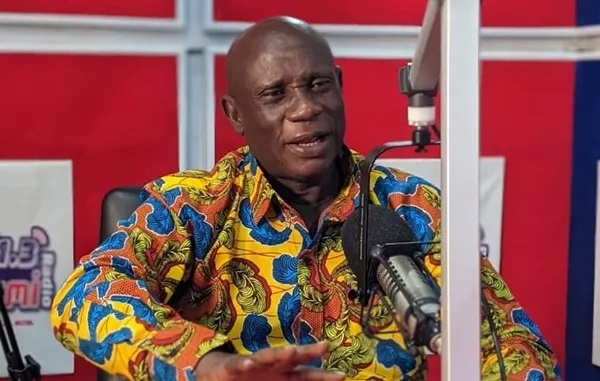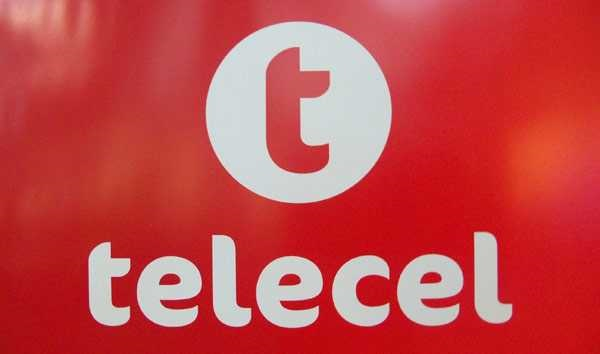Visa Expands Stablecoin Business to CEMEA Region with Yellow Card Partnership
Visa, the global payment card giant, has expanded its stablecoin business to the Central and Eastern Europe, Middle East, and Africa (CEMEA) region. This strategic move includes a partnership with Yellow Card, a leading pan-African fintech company, to explore various use cases and opportunities for stablecoins across the markets where Yellow Card operates. The collaboration aims to streamline treasury operations, enhance liquidity management, and test integration opportunities with Visa Direct to investigate cross-border payment options. Visa Direct, one of the world’s largest digital payments networks, enables secure and seamless funds delivery across more than 190 countries and territories.
Yellow Card, which operates in over 20 African countries, provides consumers, businesses, and developers with access to stablecoins. The partnership with Visa is seen as a significant step in realizing the potential of stablecoin technology in emerging economies. Chris Maurice, Co-founder and CEO of Yellow Card, expressed enthusiasm about the collaboration, stating that traditional payment companies are increasingly recognizing the need for a stablecoin strategy and the urgency to deploy one.
In addition to the partnership with Yellow Card, Visa has also advanced its stablecoin initiatives by expanding its stablecoin settlement solution to select issuers and acquirers in the CEMEA region. This expansion enables U.S. dollar cross-border transactions through blockchain technology, further solidifying Visa’s position in the stablecoin market. Godfrey Sullivan, Visa’s senior vice president and head of product and solution for CEMEA, emphasized the importance of stablecoin strategies for institutions that move money, highlighting Visa’s readiness to help partners navigate the transformation and build the next generation of global payments.
The move by Visa to expand its stablecoin business in the CEMEA region is part of a broader strategy to integrate blockchain technology into its payment systems. This initiative began in 2023 when Visa enabled USDC settlement on its network, marking a significant step in its blockchain integration efforts. The expansion of stablecoin settlement capabilities across the CEMEA region is expected to enhance the efficiency and security of cross-border transactions, benefiting both consumers and businesses in the region.
Visa is evidently increasing its investment in stablecoins, as these assets are rapidly becoming the new infrastructure for internet payments. Just last month, Visa also invested in the stablecoin-based payment company BNK. This strategic expansion into the CEMEA region, coupled with its ongoing investments in stablecoin technology, positions Visa at the forefront of the evolving digital payments landscape. The company's proactive approach to integrating blockchain technology into its payment systems underscores its commitment to innovation and its readiness to adapt to the changing financial ecosystem.











